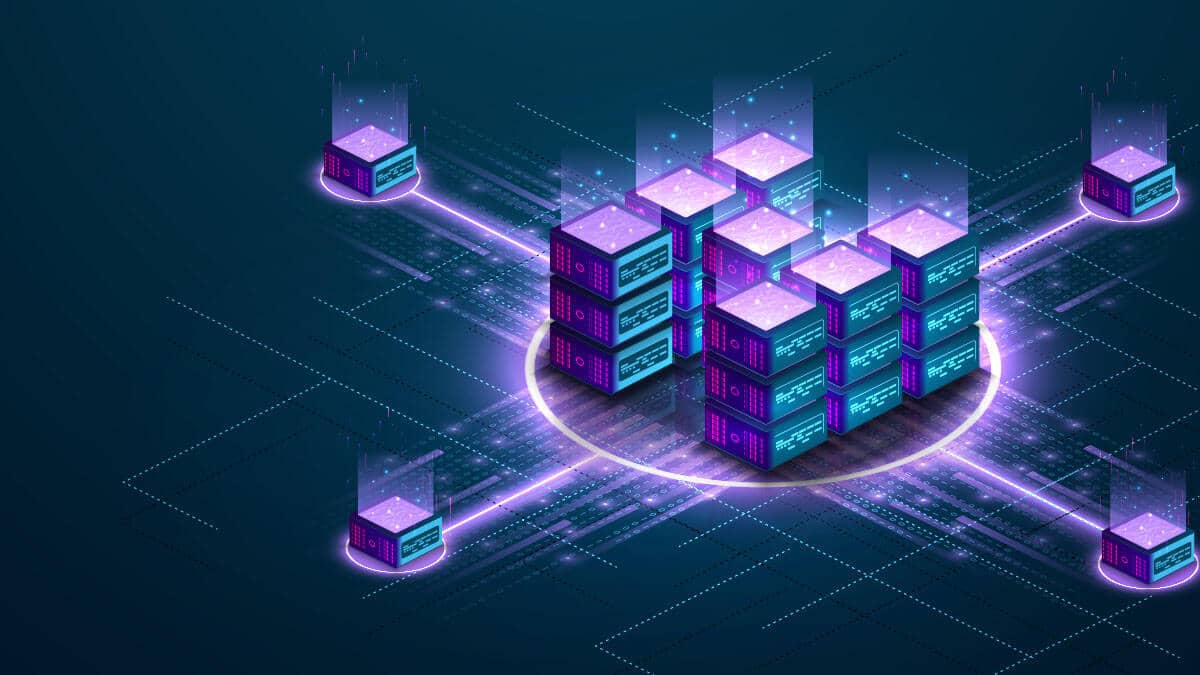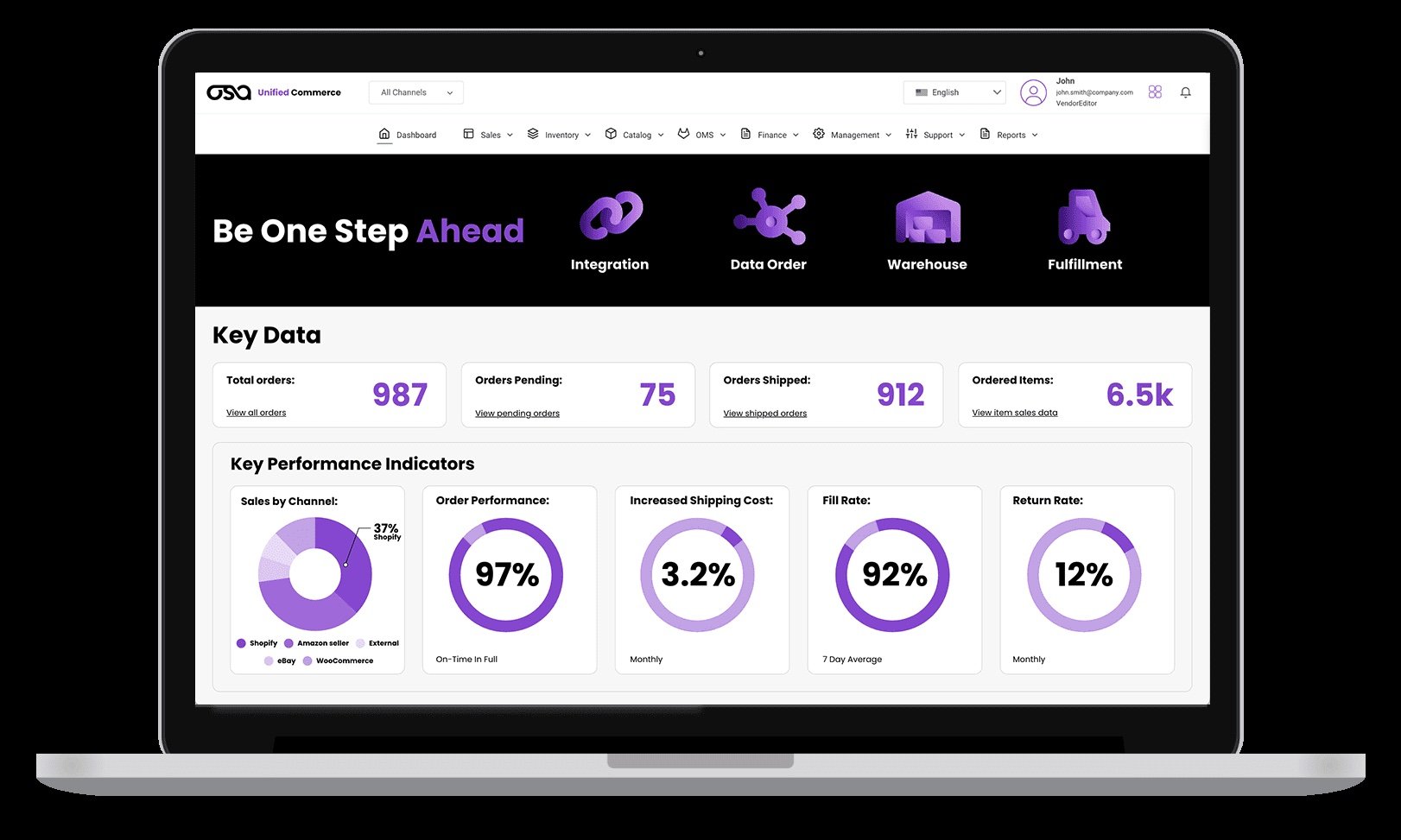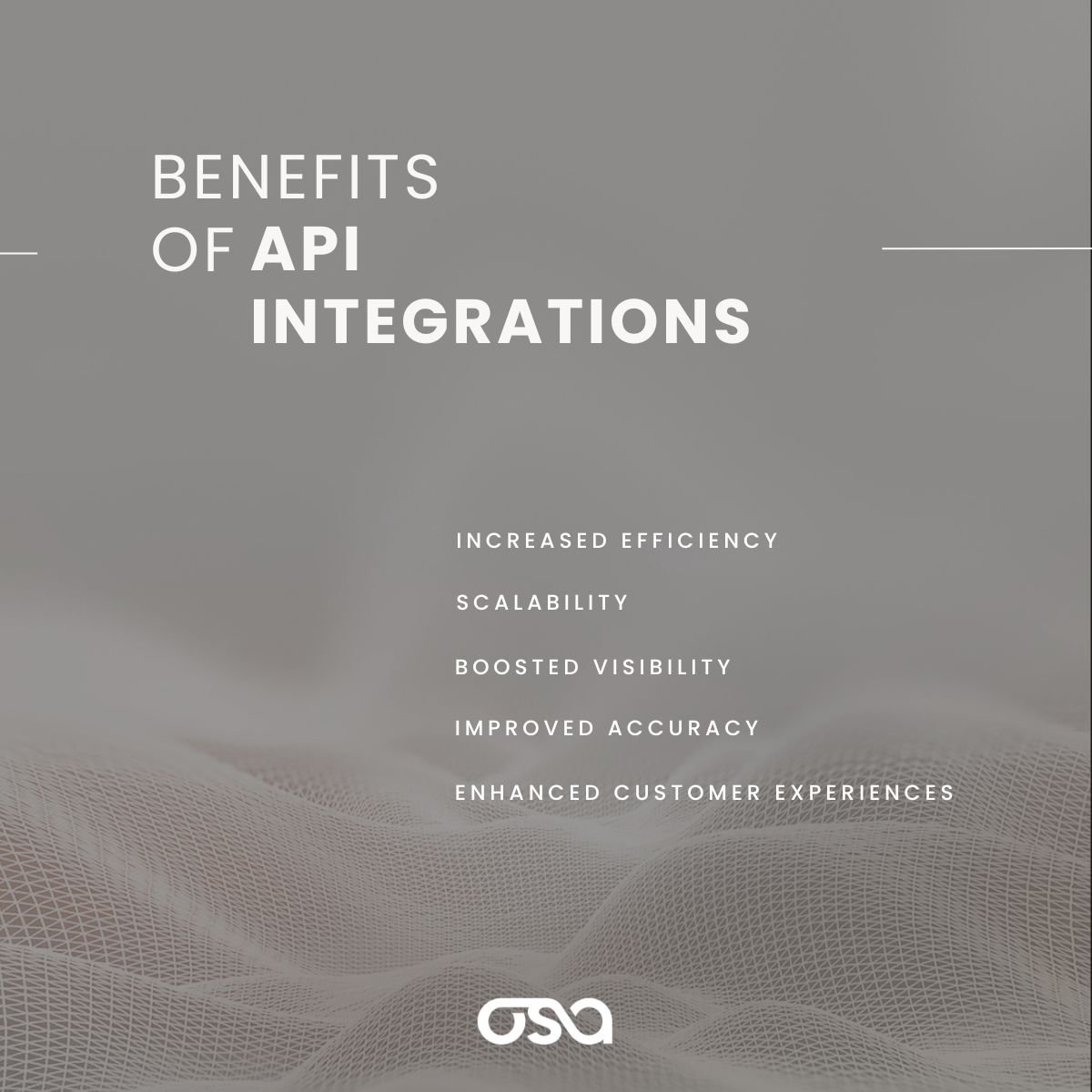4 min read
The Right Technologies for an Intelligent Supply Chain: Part 3
 Katie Dalrymple
:
January 8, 2024
Katie Dalrymple
:
January 8, 2024
.jpg)
The Era of the Intelligent Supply Chain
Continuing with our three-part exploration of "The Right Technologies for an Intelligent Supply Chain," our previous entry took a dive into the pivotal role of effective change management. We discussed the importance of upskilling to adapt to new industry standards and the integration of AI within supply chains.
Our journey of discovery led us to an engaging conversation with Gene Tyndall, co-founder of eMate Consulting and a titan in supply chain innovation. His broad experience in this field includes serving as the President of Ryder Supply Chain Solutions and working as a global consultant in supply chain management at Ernst & Young and Tompkins International.
In this third and final installment, we turn our focus to the practicalities of enacting smart supply chain strategies, the continuous evolution of managing these complex networks, and the breakthrough technologies that are currently reshaping this field.
Unpacking the Intelligent Supply Chain Concept
An intelligent supply chain goes beyond simple automation. It's a network, including suppliers, manufacturers, logistics partners, carriers, and brands, that continuously collaborates in real-time across the entire supply chain. This requires a tech-agnostic, cloud native foundation that can instantly gather real-time data, predict future needs, and seamlessly adjust to unexpected events. This connected supply chain is more than just digitally enabled; it's capable of understanding and learning, and it can quickly adapt, helping your company stay efficient and increase revenue. It uses the combined knowledge of its entire end-to-end network to ensure seamless operations from the start of a product's life to when it reaches the customer.
.jpg?width=1200&height=630&name=Get%20Effectiveness%20And%20Practicality%20In%20Operating%20(1200%20x%20630%20px).jpg)
Key Technologies Shaping Intelligent Supply Chains
Artificial Intelligence and Machine Learning
In intelligent supply chain management, AI and machine learning algorithms are effective in managing various aspects such as coordinating inventory levels and ensuring timely deliveries.
IoT and Sensor Technologies
Internet of Things (IoT) devices and sensors in the supply chain constantly collect data, which helps AI algorithms make better decisions. Gene's insights echo that these devices are crucial because they provide real-time data that AI uses to make smart, informed choices for true decision support.
Blockchain for Transparency
Blockchain brings trust to supply chains by making sure every transaction is permanently encrypted and recorded and visible to those given permission, Gene sums it up well: “I mean it's about trust…it's what supply chains were meant to be, which was seamless.” Blockchain does this with its secure and transparent record-keeping, increasing accountability and reliability across the supply chain.
Osa Commerce's blockchain technology is a big step forward in software for buyers, third-party logistics, and their brand and retail customers. Once data is transmitted in blockchain, it can't be changed, creating a lasting record for the authorized supply chain partners. This reliable tracking improves how supply chain procurement, finances and inventories are traced by product details to protect your business transactions. With AI embedded, it allows for more accurate predictions of demand, proper allocation of goods based on their expiration dates, and up-to-date counts of stock-keeping units (SKUs), among other advantages.
Moreover, blockchain paves the way for customers to monitor their products’ entire journeys, fostering loyalty through transparency. This level of traceability is vital for strengthening customer relations. When implemented across the board by supply chain partners, blockchain creates a seamless transition flow and record of goods, from sources to freight carriers to warehouses and destinations, and back. This ensures accurate monitoring of products' receipt and shipment times. All increasing the level of trust throughout the supply chain equation.

Harnessing AI and Machine Learning
Revisiting Gene's analysis, we're reminded that AI and machine learning don't just participate but lead the charge in the supply chain domain. They fine-tune the intricate workings of supply and demand, from the source to the warehouse to the customer, ensuring a system of efficiency and market adaptability.
Real-World Examples of Intelligent Supply Chains
Global enterprises, such as Lenovo, are at the forefront, deploying these sophisticated technologies to forge supply chains characterized by efficiency, resilience, and transparency.
Echoing these advancements, companies working with systems like Osa, as highlighted by Gene, are reaping the rewards of this shift to intelligent supply chains. They're witnessing tangible benefits that include substantial cost reductions, minimized safety stocks, and enhanced delivery efficiency, marking the dawn of a new era in supply chain management.
Revolutionizing the Supply Chain for the Digital Age
The Evolution to Revolutionary Supply Chain Management
We are at the brink of a major change in supply chain management. This transition is huge—it's not just small improvements, but a complete overhaul. In the digital era, supply chains are being completely rebuilt from scratch. It's a major transformation, not just a small step. This new approach is about rethinking how global commerce is connected to meet the needs of a quickly evolving digital world. As Gene puts it, “...not only smarter about what you do, but all your partners are smarter as well.”
Harmonizing Data, Analytics, and Artificial Intelligence
At Osa Commerce, we're combining data, analytics, and artificial intelligence to create systems that are more than just smart—they can provide enhanced predictability for what's needed next. Our goal is to bring these parts together into a strong, unified system that helps with decision-making, also known as the Collaborative Visibility Platform. By integrating these technologies, we help everyone involved in the supply chain make decisions that are not only based on accurate and real-time information but are also forward-thinking and comprehensive.

Implementing Intelligent Supply Chain Strategies
Drawing from our expertise, we've identified key strategies for fostering a cutting-edge intelligent supply chain:
- Building Trust: Cementing trust within the network is essential. Gene underscores this, recognizing that without trust, collaboration is merely a concept, not a practice.
- Ensuring Consensus on Facts: It's essential to utilize platforms that deliver a unanimous single version of the truth, eradicating discrepancies, and paving the way for cohesive and rapid decision-making.
- Championing API Integration: Seamless communication between disparate systems via APIs is crucial, something echoed by both Gene and Chelsea, as it unlocks the door to future supply chain efficiencies.
- Fostering Resilience and Adaptability: This conversation has highlighted the importance of evolving supply chain strategies to adeptly respond to geopolitical and market changes.
- Educating Stakeholders: Knowledge is power. Ensuring stakeholders are well-versed in supply chain intricacies cultivates an environment ripe for continuous learning, evolution, and success.

The intelligent supply chain of the future will be fully connected and able to improve itself, supported by data, AI, and a strong focus on supply chain network partners working together. This enables a future where technology not only solves current problems but also foresees and smoothly deals with new challenges for decision-making in a changing world. Simplify these future challenges by being able to predict what comes next, see our 2024 Supply Chain Predictions Report!


